Disclosure: This article contains affiliate links. We may earn a commission from purchases at no extra cost to you, which helps our travel content.
The first time I stepped from the soft whisper of Saharan sand onto the rugged terrain of Morocco's Atlas foothills, I experienced what musicians call a perfect key change – an unexpected shift that somehow makes perfect sense. Morocco's landscape plays a symphony of contrasts: the meditative hum of desert winds giving way to the percussive clatter of mountain streams. After producing music in Memphis for years, I've developed an ear for these natural soundscapes, and the transition from Merzouga's golden dunes to the rocky Atlas Mountains creates one of the most beautiful compositions I've ever experienced. This past fall, I spent a week based in Merzouga with a group of friends, using this desert outpost as our basecamp for daily excursions that gradually climbed from the flat, whispering sands to the dynamic rhythms of Morocco's mountain ranges. What follows is my audio-visual journey through this land of extremes – a place where Berber drums echo against canyon walls and the silence of desert nights reveals its own kind of music.
The Desert Prelude: Erg Chebbi and Merzouga
Before venturing to the mountains, spend at least a day acclimating to Merzouga's desert rhythms. The massive dunes of Erg Chebbi rise like golden sound waves from the flat desert floor, creating a natural amphitheater where sound behaves differently than anywhere else I've recorded.
Our group arrived in late October, when temperatures had dropped to a manageable range (around 75°F/24°C during the day). We settled into a riad on the edge of town, where the soft padding of feet on carpeted floors and the gentle clink of mint tea glasses created a soothing soundscape after our journey.
The first morning, we woke before dawn to experience the dunes at sunrise. I brought my portable audio recorder to capture the subtle sounds of sand shifting in the morning breeze – a sound so delicate it's almost imperceptible to the naked ear but reveals incredible texture when amplified. As the sun crested the dunes, our Berber guide demonstrated the traditional call that echoes across the desert, a haunting melody that seemed to hang in the air much longer than acoustically possible.
In the evening, we joined a small drum circle with local musicians who explained how the desert's silence shapes their percussion styles. The contrast between thunderous drumming and absolute quiet creates a rhythmic tension that's distinctly Saharan. I recorded these sessions and later layered them with ambient desert sounds – an audio souvenir far more evocative than any photograph.
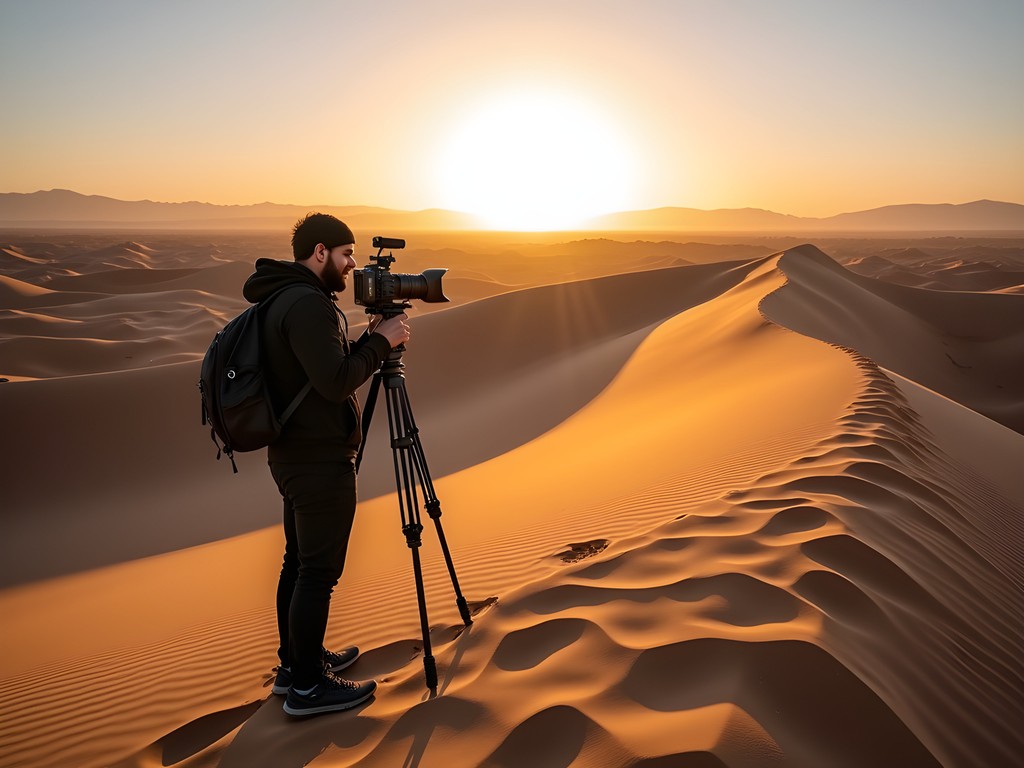
💡 Pro Tips
- Hire a local guide for sunrise dune walks – they know exactly which dunes offer the best acoustics and views
- Bring a scarf to protect against occasional sand gusts, especially if carrying recording equipment
- Stay hydrated! The desert air is deceptively dry even in cooler months
First Movement: Rissani and the Gateway to the Mountains
Just 35km from Merzouga lies Rissani, an ancient market town that serves as the rhythmic bridge between desert and mountain cultures. Once the capital of the Tafilalet region, Rissani's narrow streets and bustling souks create a different sonic environment – one filled with the calls of vendors, the negotiation of prices, and the occasional braying of donkeys carrying goods.
We arranged a driver through our riad (approximately 300 MAD for our group for the day) and arrived early to experience the Tuesday market. Unlike tourist-oriented markets in Marrakech, Rissani's souk serves primarily locals, creating an authentic atmosphere where you can observe the trading traditions that have connected desert and mountain communities for centuries.
The architectural transition here is subtle but significant – mud-brick kasbahs begin to incorporate more stone elements, foreshadowing the construction styles we'd see in the mountains ahead. Our guide pointed out how building materials change as you move from sand to rock, a practical adaptation that also creates different acoustic spaces.
For lunch, we stopped at a family-owned restaurant where I was delighted to find several vegan options. The slow-cooked vegetable tagine had a depth of flavor that spoke to the region's position as a crossroads of culinary traditions. I always travel with my travel spice kit to collect local spice blends, and Rissani's market provided an incredible array of options – from fragrant ras el hanout to the distinctive local cumin that has a sharper, more citrusy note than varieties I've found elsewhere.
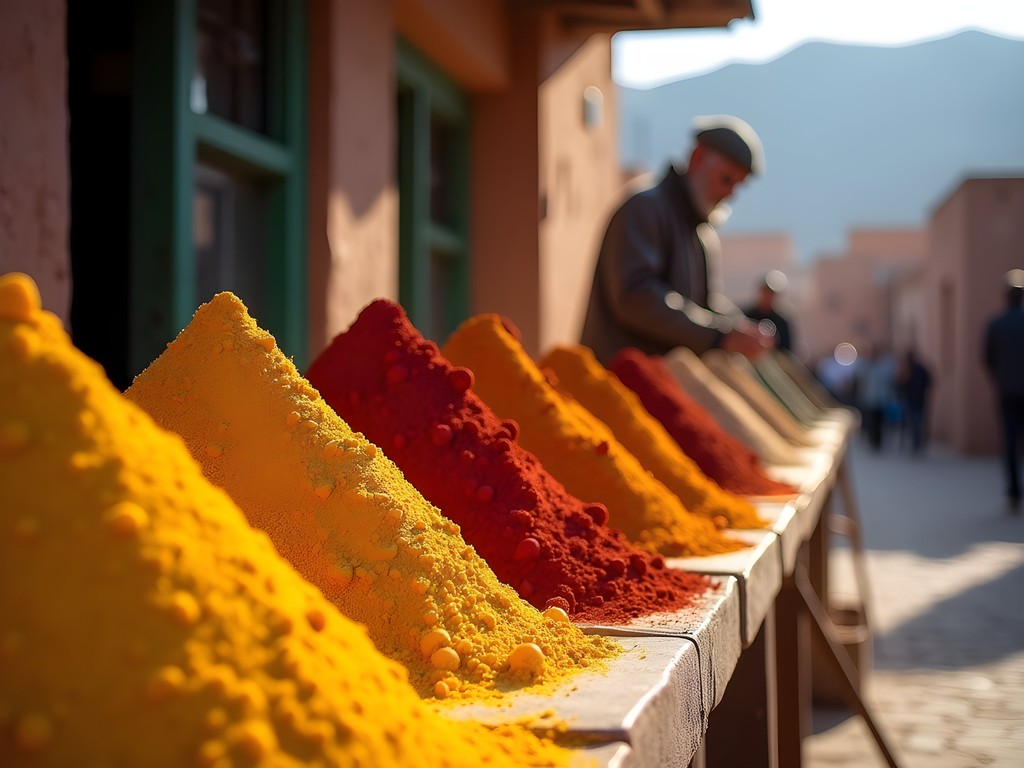
💡 Pro Tips
- Visit on Tuesday, Thursday or Sunday when the main market is most active
- Bring small denominations for easier bargaining in the souk
- Ask permission before recording or photographing local vendors
Second Movement: Todra Gorge's Natural Amphitheater
As we ventured further from Merzouga, the landscape began its dramatic crescendo toward the Atlas Mountains. Approximately 3 hours from our desert base (though we broke the journey with several stops), the magnificent Todra Gorge slices through the eastern edge of the High Atlas, creating one of the most acoustically fascinating natural spaces I've ever encountered.
The journey itself is a study in changing soundscapes – from the open, wind-swept desert to increasingly enclosed valleys where sound bounces differently. I kept my recorder running through much of the drive, capturing the transition from the sparse, ambient sounds of the desert to the more dynamic acoustic environment of the foothills.
Todra Gorge itself rises dramatically with sheer rock walls reaching 300 meters high while narrowing to just 10 meters wide in places. The effect creates a natural sound chamber where even whispers seem to amplify and transform. Our group hiked through the gorge's narrowest section, stopping frequently to experiment with different sounds – a simple hand clap produces complex echoes that reveal the gorge's hidden acoustics.
Climbers from around the world come here to scale the dramatic walls, and we watched several teams working their routes. The rhythmic calls between climbing partners – 'Climbing!' 'Climb on!' – created a human percussion against the canyon walls. I captured these moments with my telephoto lens which allowed me to document climbers high on the walls without disturbing their concentration.
For those in your group who aren't avid hikers, the main gorge section is easily accessible with minimal walking. However, I recommend continuing on the trail that leads higher into the canyon, where locals sometimes play traditional music that resonates magnificently against the stone.
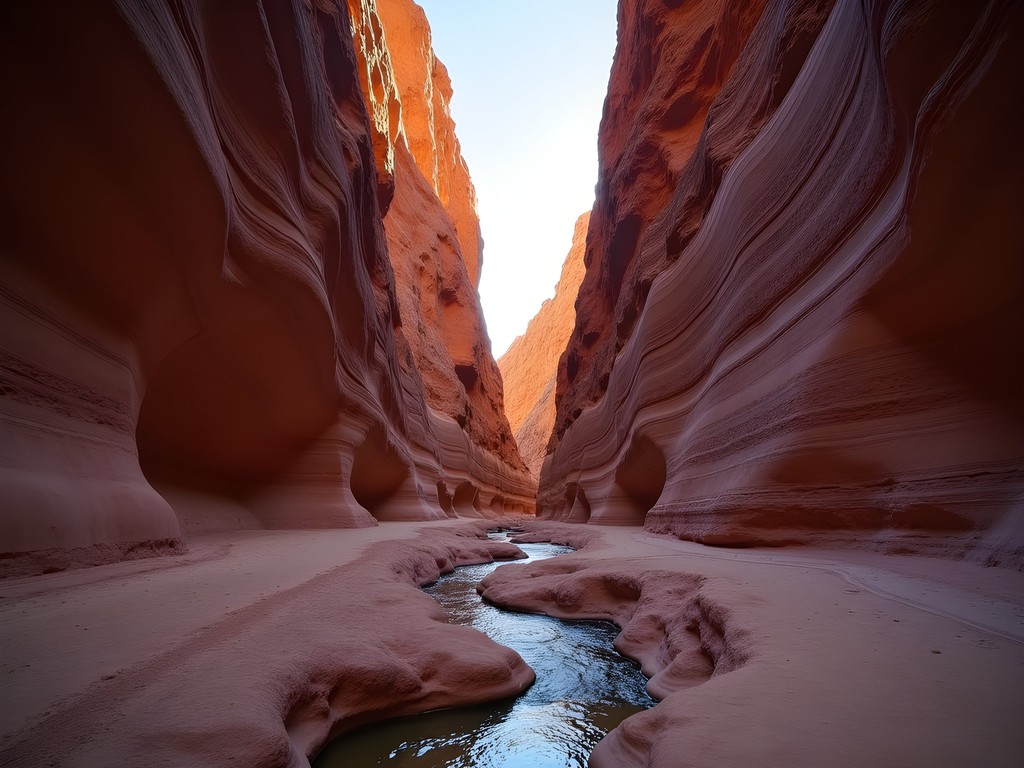
💡 Pro Tips
- Wear proper hiking shoes with good grip – parts of the gorge floor can be slippery from the stream
- Visit in late afternoon when the light creates dramatic shadows and the day-trippers have departed
- Bring layers – the temperature in the gorge can be significantly cooler than in Merzouga
Third Movement: Dades Valley's Rhythmic Landscapes
Just a short drive from Todra lies the equally impressive but sonically distinct Dades Valley. Where Todra offers dramatic vertical walls, Dades unfolds in a series of undulating ridges and bizarre rock formations that create a visual rhythm across the landscape. Local Berbers call this area 'the brain of the Atlas' because of how the folded mountains resemble neural pathways.
We dedicated a full day to exploring this area, departing Merzouga early to maximize our time in the valley. The famous 'monkey fingers' rock formations create wind passages that produce subtle whistling tones on breezy days – a natural aeolian harp that plays differently with each weather change. I spent nearly an hour recording these wind songs, positioning my microphone in different crevices to capture the variations.
The road through Dades is an attraction itself, particularly the serpentine section near Timzzillite village with its hairpin turns. Our driver navigated these bends expertly while our group's stomachs lurched with each switchback! The viewpoints along this route offer perfect spots to capture both visual and audio panoramas of the valley.
For lunch, we stopped at Cafe-Restaurant Timzzillite, perched dramatically on the valley edge. While enjoying a meal of fresh mountain vegetables and bread baked in traditional clay ovens, I recorded the ambient sounds of the valley – distant goat bells, the occasional motorcycle navigating the switchbacks below, and the constant subtle presence of wind through the rock formations.
Many travelers rush through Dades Valley as a quick photo stop, but I encourage spending time to hike some of the smaller trails that lead away from the main road. These paths often lead to abandoned kasbahs where you can experience the acoustic properties of traditional mud-brick architecture – how it dampens sound and creates intimate, quiet spaces despite the wind outside. My hiking daypack proved perfect for these excursions, with enough room for water, snacks, and my recording equipment while remaining lightweight enough for comfortable exploration.
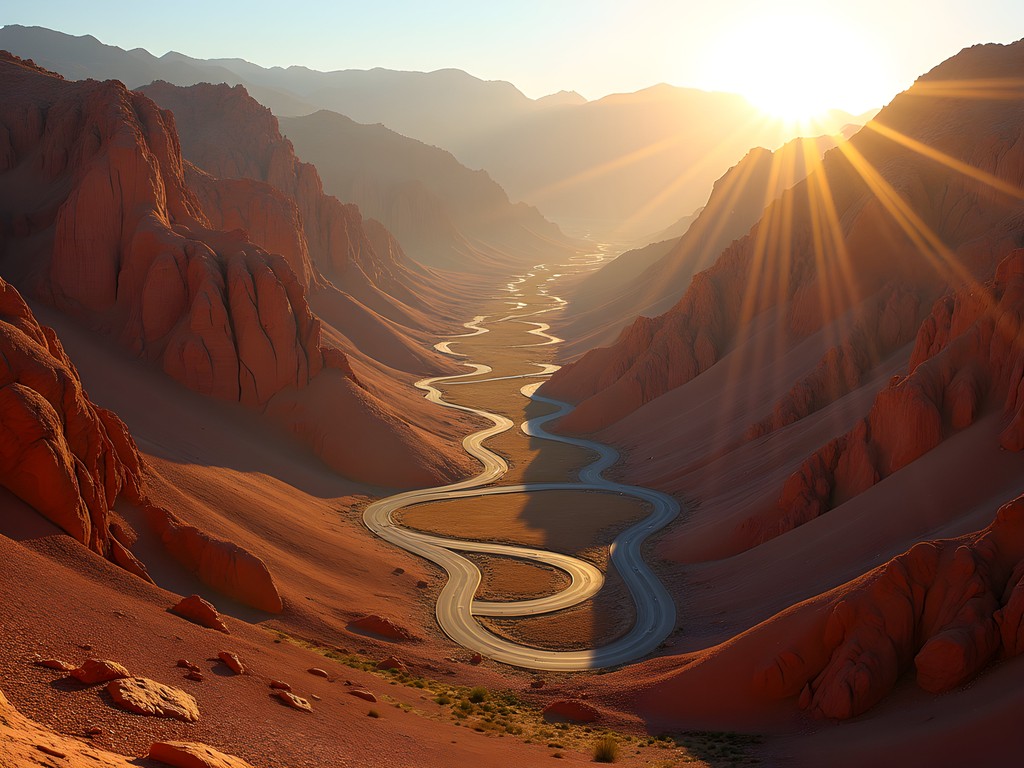
💡 Pro Tips
- Start early to catch the morning light on the red rock formations
- Take motion sickness medication if you're sensitive to winding roads
- Ask locals about seasonal river conditions – flash floods can occur in fall
Final Movement: Ait Benhaddou and the High Atlas
Our most ambitious day trip from Merzouga took us to the legendary kasbah of Ait Benhaddou, a UNESCO World Heritage site that has served as a backdrop for countless films. This journey (approximately 7 hours round trip) represents the fullest expression of the desert-to-mountain transition, taking you from Saharan landscapes to the foothills of the High Atlas.
We departed well before dawn, packing travel pillows for those who wanted to sleep during the drive. Watching the landscape transform through the vehicle windows was like witnessing a geological time-lapse – from flat expanses to increasingly dramatic upheavals of earth.
Ait Benhaddou itself sits at the confluence of mountain and desert influences, a massive fortified village built from local earth that blends seamlessly with the surrounding landscape. Walking through its narrow passageways creates a sonic experience unlike any other – the thick earthen walls absorb sound completely, creating pockets of silence that contrast with the open, echoing central squares.
I was particularly struck by how music changes in this environment. We were fortunate to encounter a group of local musicians performing in one of the larger interior spaces. The same drums that had sounded sharp and percussive in the desert here took on a warmer, more rounded quality as the earthen walls absorbed the higher frequencies. I recorded these performances and later compared them with my desert recordings – the difference was striking even to untrained ears.
From Ait Benhaddou, you can see the full majesty of the High Atlas range rising in the distance. While we couldn't venture further into the mountains on this trip, this viewpoint provided a perfect finale to our desert-to-mountain exploration. Standing on the kasbah's highest point, I recorded the subtle ambience – distant voices floating up from the village below, the occasional bird call, and the ever-present wind that connects desert and mountain in an unending conversation.
Though the return journey to Merzouga was long, we broke it with a stop in Ouarzazate, known as 'the door of the desert,' where we visited film studios that have used the region's dramatic landscapes as backdrops for everything from Game of Thrones to Gladiator.
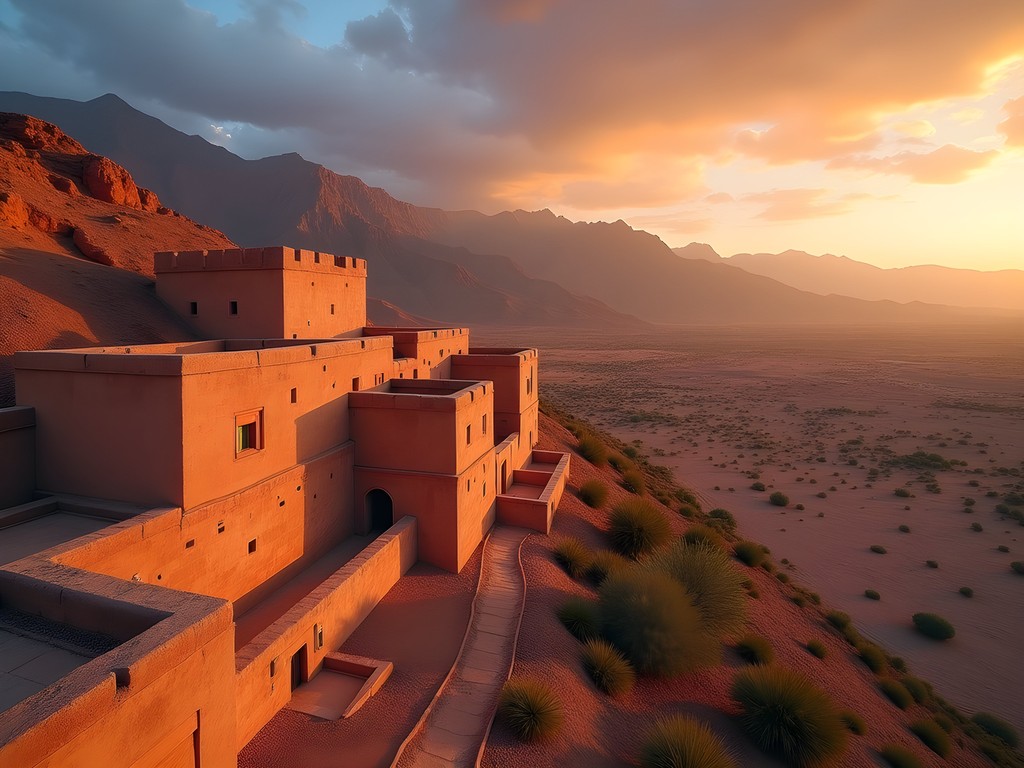
💡 Pro Tips
- Book a private driver for this long journey rather than joining a large tour group
- Bring cash for the entrance fee and local guides at Ait Benhaddou
- Start very early to avoid the crowds and harsh midday sun at the kasbah
Final Thoughts
As a music producer who's spent years listening for the subtle textures that make a track come alive, Morocco's transition from desert to mountains offered me a masterclass in natural acoustics. Each environment we explored – from the absorptive qualities of sand dunes to the reflective canyon walls of Todra Gorge – created its own unique soundscape that complemented the visual drama. For groups traveling together, these day trips from Merzouga provide a perfect mix of shared experiences and personal discoveries. Some in your party might connect with the visual majesty of the landscapes, while others might appreciate the cultural encounters or physical challenges. Like any good musical composition, Morocco's diverse environments offer something for everyone while creating a harmonious whole. As you plan your own desert-to-mountain journey, remember to sometimes close your eyes and just listen – Morocco's most beautiful melodies aren't always visible to the eye.
✨ Key Takeaways
- Base yourself in Merzouga for a week to experience both desert immersion and mountain day trips
- Hire a local driver rather than self-driving to navigate the challenging mountain roads
- Make time for both natural wonders and cultural experiences in villages along the way
📋 Practical Information
Best Time to Visit
September to November, March to May
Budget Estimate
$80-120 per person per day including accommodations, transportation and meals
Recommended Duration
7 days (3 days in desert, 4 days for mountain excursions)
Difficulty Level
Moderate

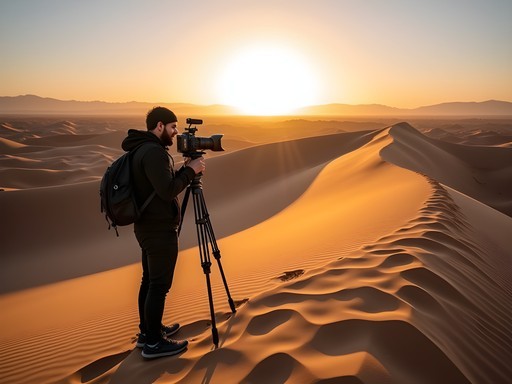

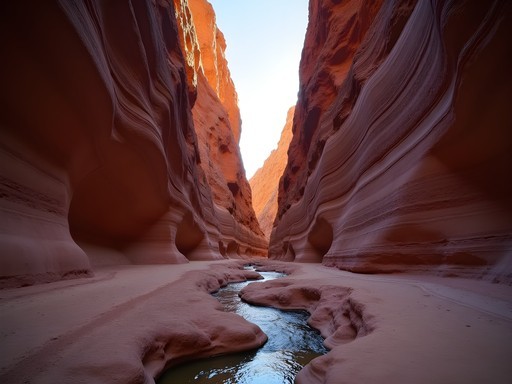
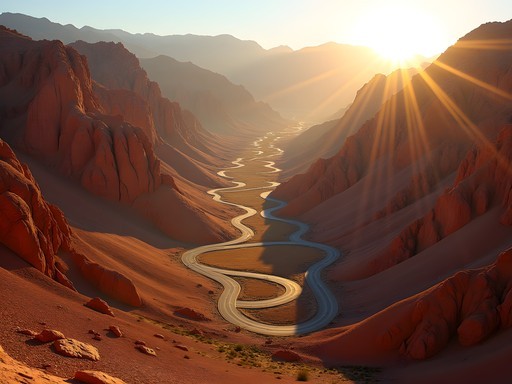
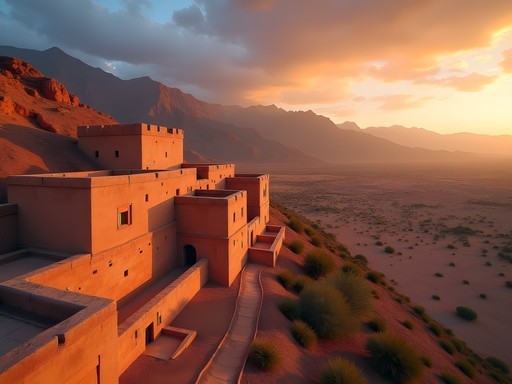


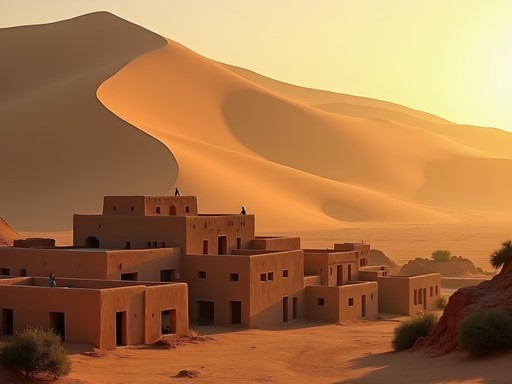


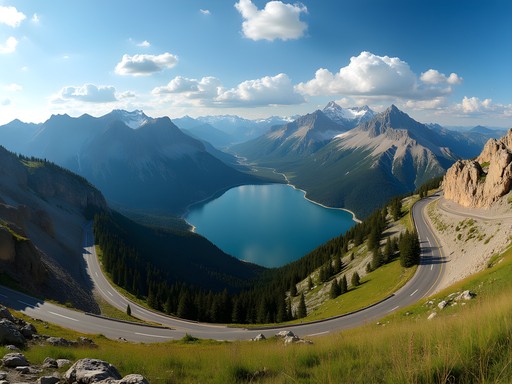
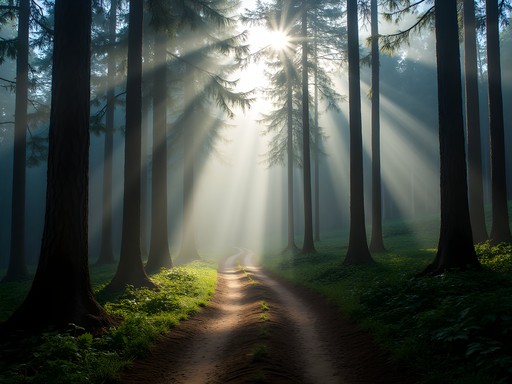
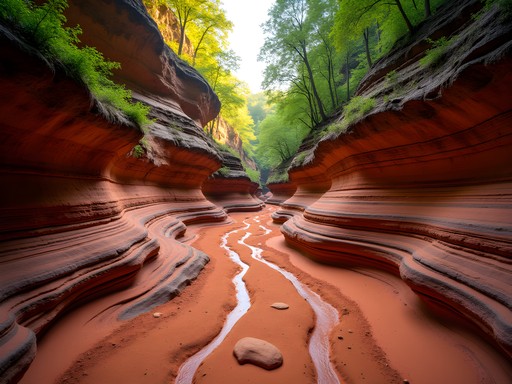
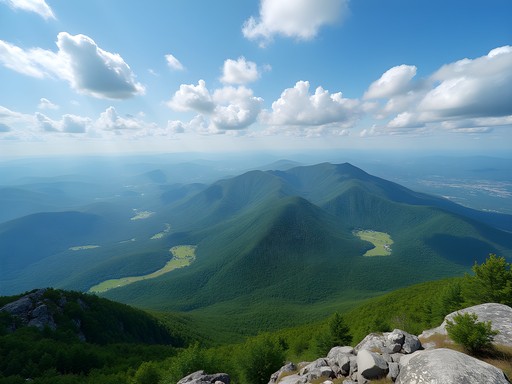
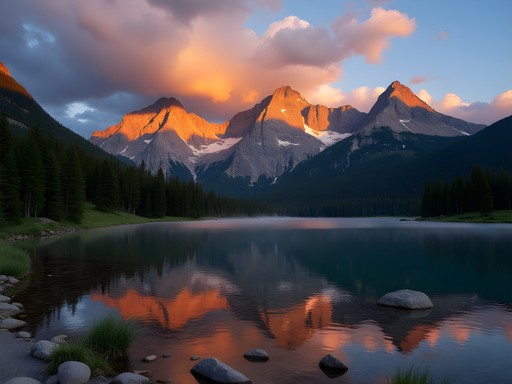
Comments
coffeegal
Just got back from this exact route and your musical comparison is perfect, Savannah! One thing that surprised me was how the sounds actually change - from the whisper of sand in Merzouga to the echo of voices in Todra Gorge. For photography enthusiasts: the light at Dades Valley is tricky but magical around 4-5pm when the red rocks practically glow. We stayed overnight in a small guesthouse carved into the rocks near Todra which I highly recommend over rushing back to Merzouga. The stars at night with those rock formations silhouetted against the sky was worth the detour. Thanks for bringing back such wonderful memories with your post!
sunnywanderer
Do you remember the name of that guesthouse? Sounds amazing!
coffeegal
It was Auberge Le Festival - simple rooms but incredible location right in the gorge. The owner is also a climber and can point you to great hiking spots!
triptime
OMG I'm going to Morocco next month and this post has me SOOOO excited!!! Any tips on what to pack for both the desert and mountain areas? The temperature differences sound extreme!
coffeegal
Layers are your best friend! Desert gets freezing at night even when days are scorching. A good scarf is essential - sun protection by day, warmth by night, and respect for local culture all in one.
Amit Sullivan
Reading this transported me back to my journey through Morocco last decade. Savannah, your musical metaphor captures the essence perfectly! I remember sitting at a small café in Dades Valley, watching the light change on those remarkable rock formations - each hour bringing a new 'movement' to the landscape. The locals call this region 'the country between the sands and the snows' for good reason. One tip for travelers: take time to visit some of the small Berber villages between these major sites. The hospitality is unmatched, and you'll often be invited for mint tea and conversation that reveals the true soul of this transitional landscape. The ancient kasbahs dotting the route tell stories that span centuries - each one a verse in Morocco's epic poem.
Savannah Wood
Amit, that's such beautiful advice! I did stop at a few villages and those were some of my most cherished moments. The mint tea ritual is something I now practice at home to bring back those memories.
sunnywanderer
Those photos of Todra Gorge are incredible! Adding this to my bucket list right now.
Megan Martin
Savannah, your musical analogy for this journey is spot on! I covered this route for a business travel magazine last year, and the transition from desert to mountains truly is like experiencing different movements in a symphony. For anyone planning this journey, I'd recommend allocating at least 2-3 days if possible. The Dades Valley especially deserves more time than most day trips allow - those serpentine roads with switchbacks (locally called 'monkey fingers') are not only photogenic but each turn reveals a completely different perspective. If you're short on time, the sunrise at Erg Chebbi followed by sunset at Todra Gorge creates a perfect day of contrasts. Great post!
starzone7863
This looks amazing! How did you get around between these places? Did you rent a car or take a tour? Planning a trip for next spring and trying to figure out logistics.
Savannah Wood
I hired a local driver for the day trips - more expensive than a group tour but worth the flexibility! Public transport exists but eats up a lot of your time. If you're comfortable driving in Morocco, a rental car gives you the most freedom.
coffeegal
We did the public transportation route and while it was an adventure, it definitely took longer. But we met some amazing locals that way! Just make sure you have your phrasebook handy - it saved us many times!
journeyseeker
Wow Savannah, your musical perspective on the landscape transitions is so unique! I did a similar journey last year but never thought about it in terms of key changes and movements. The Todra Gorge was absolutely mind-blowing - those towering walls made me feel so tiny. Did you get a chance to see any of the rock climbers there? There were tons when we visited and it added such a cool dynamic to the experience. The contrast between Merzouga's silent dunes and the dramatic gorges is something I'll never forget!
Savannah Wood
Thanks journeyseeker! Yes, I did see some climbers - absolutely fearless folks! As a music producer, I'm always listening for the 'sonic landscape' of places, and this journey was like a perfect composition.
journeyseeker
That's such a cool way to experience travel! I'm going to try being more mindful of the sounds next time I'm somewhere new.
cityway
Just got back from doing this exact route and your musical analogy is perfect! One tip for others: the road between Tinghir and the Todra Gorge has some amazing spots to stop that aren't in any guidebooks. We found a local guy selling fossils he'd collected himself, and he showed us how to spot them in the rocks. Also, bring cash for the small villages - no card machines out there. The contrast between waking up to desert sunrise and ending the day in the cool mountain air is something I'll never forget.
nomadperson
That shot of the sunset over the Dades Valley is absolutely stunning! What camera setup are you using? The colors are incredible.
Savannah Wood
Thanks! Just my trusty Sony A7III with the 24-70mm f/2.8 lens. The light does all the work in Morocco - I barely had to edit these!
cityway
Is it possible to do these day trips using public transportation or is a private car necessary?
Savannah Wood
Public transport exists but it's limited and not ideal for day trips. You'd spend most of your day waiting for connections. Shared grand taxis are an option for some routes, but for the full experience, a private driver or rental car is best!
Venture X
Premium card with 2X miles, $300 travel credit, Priority Pass